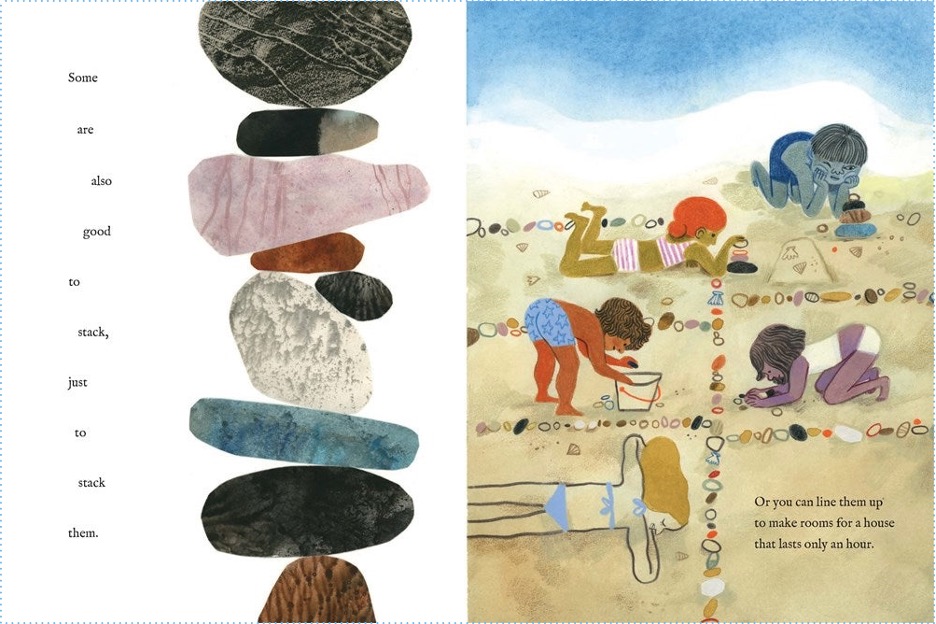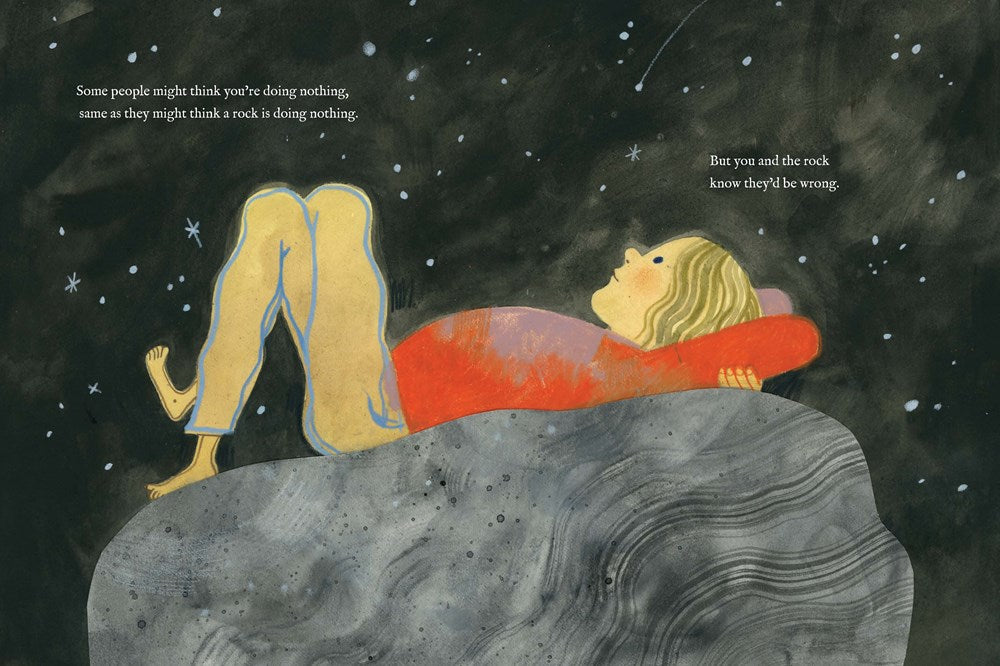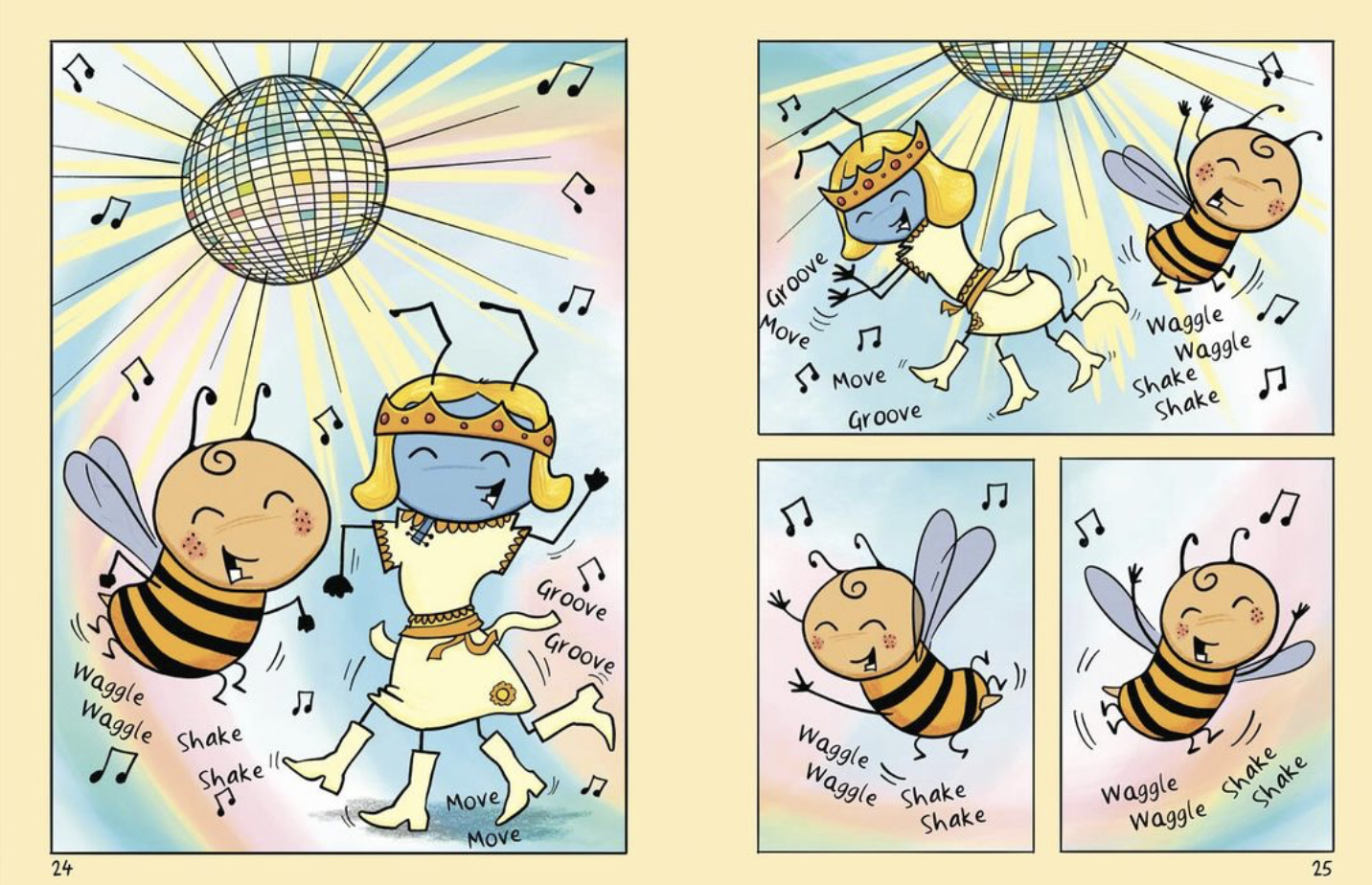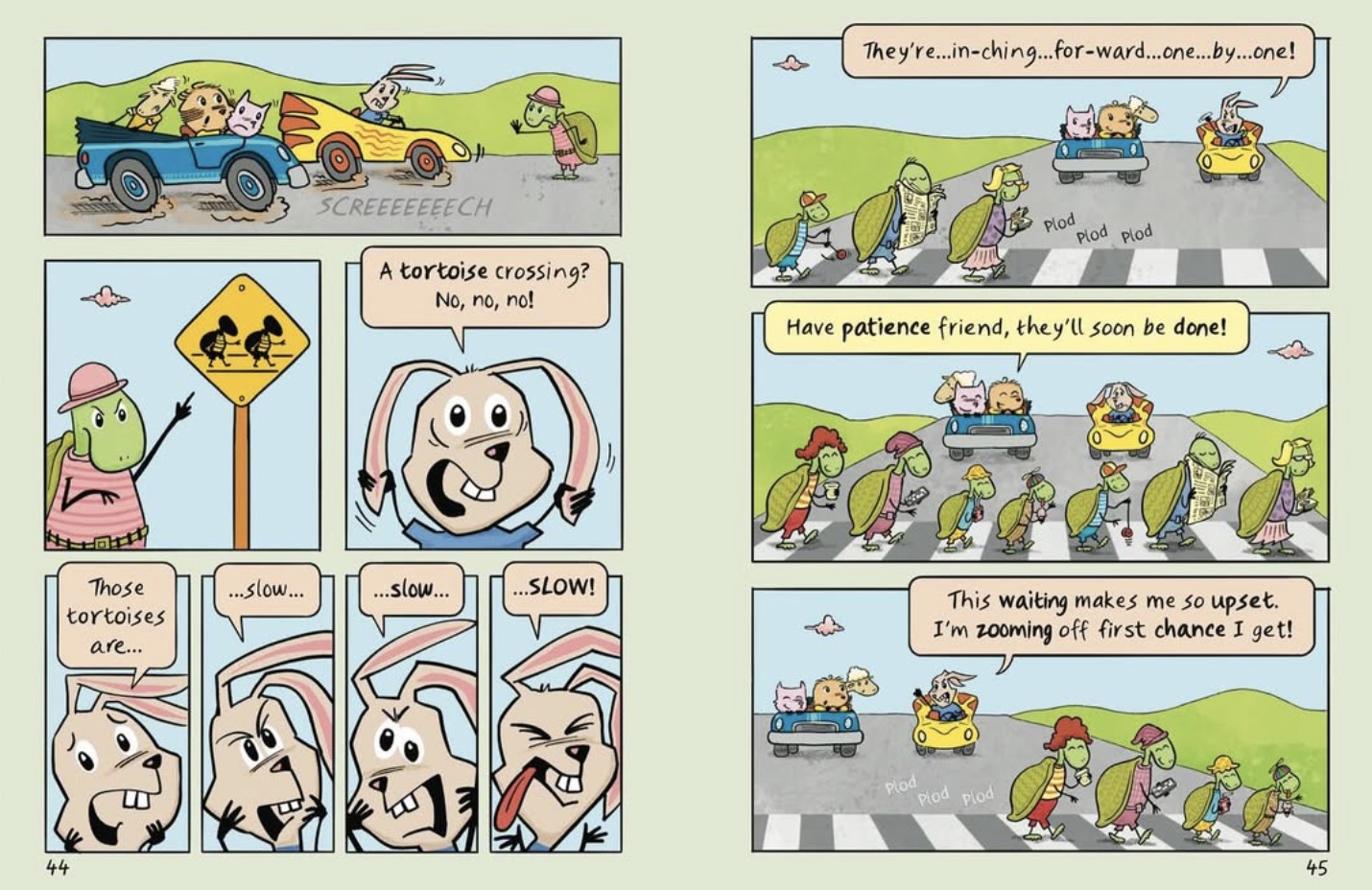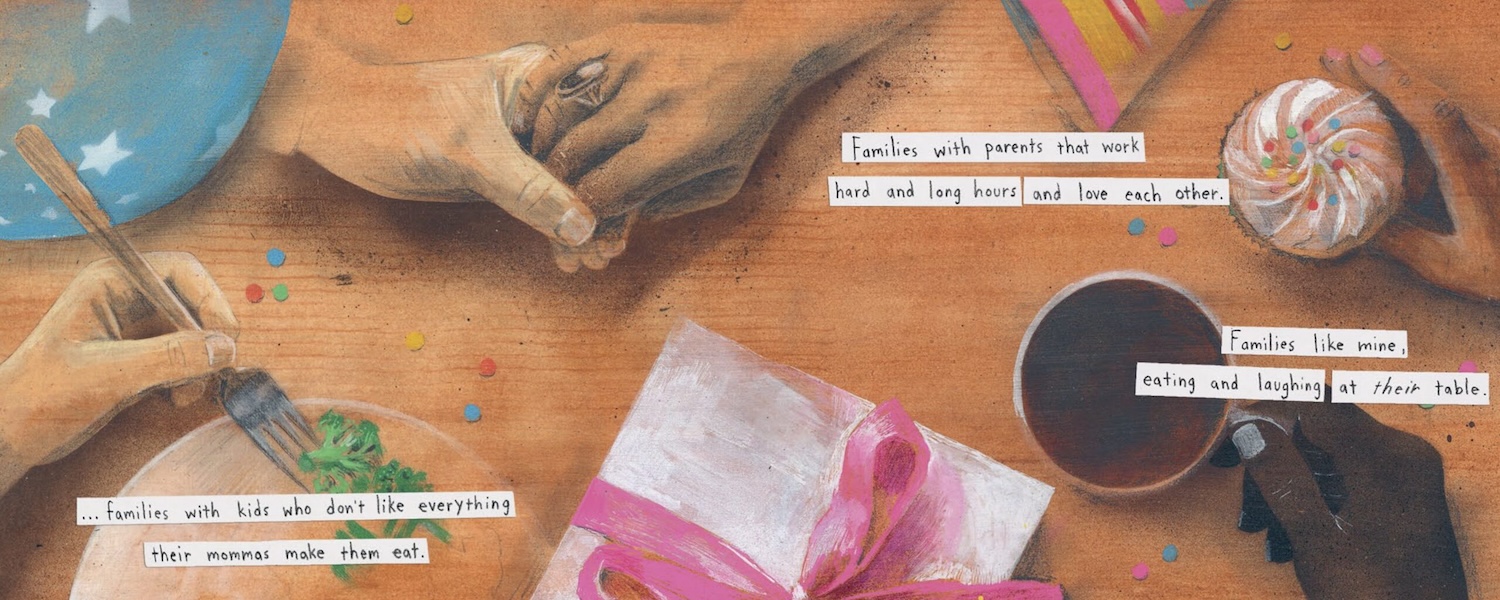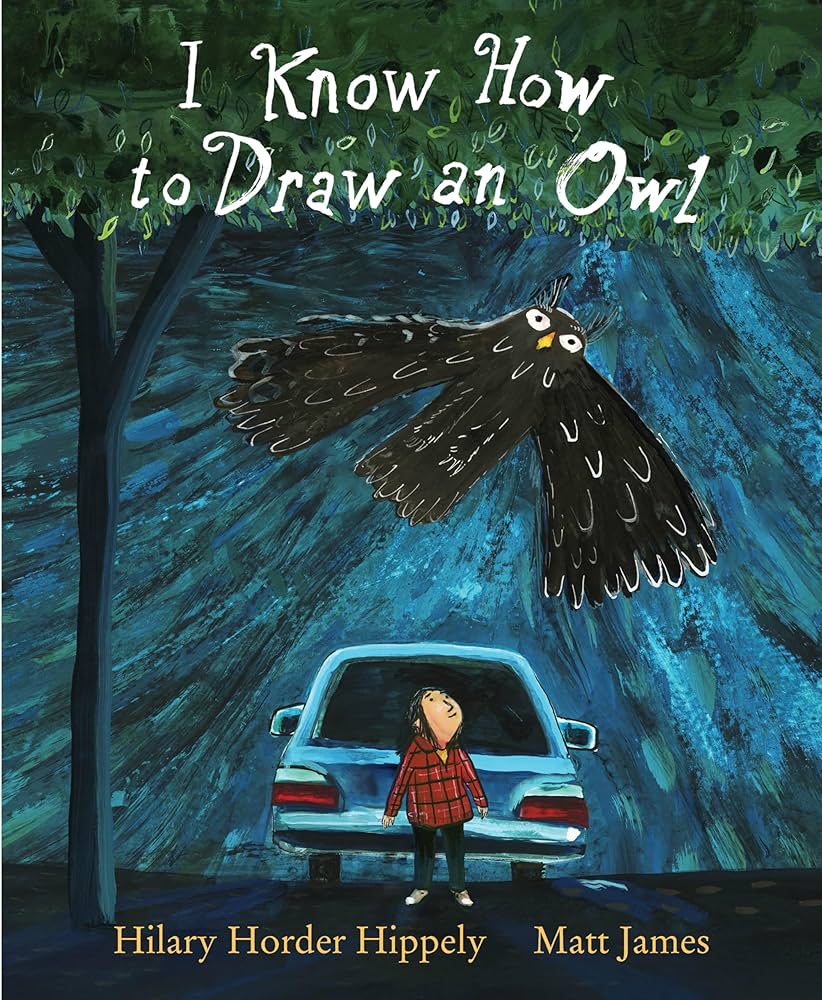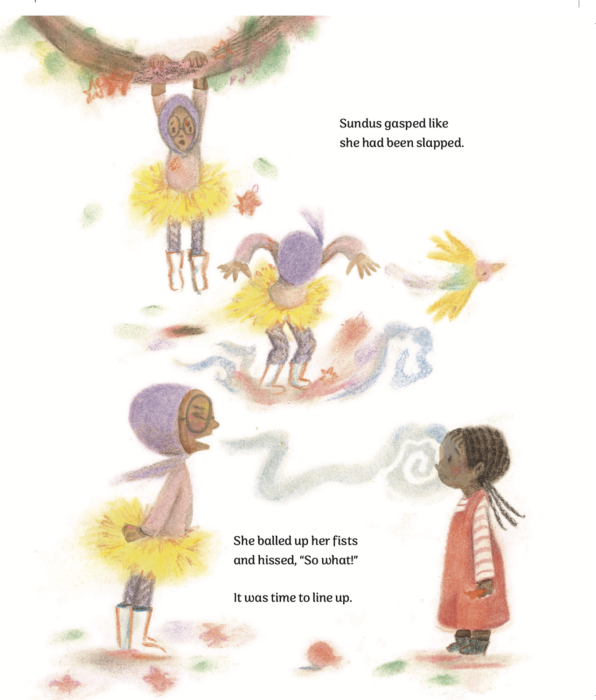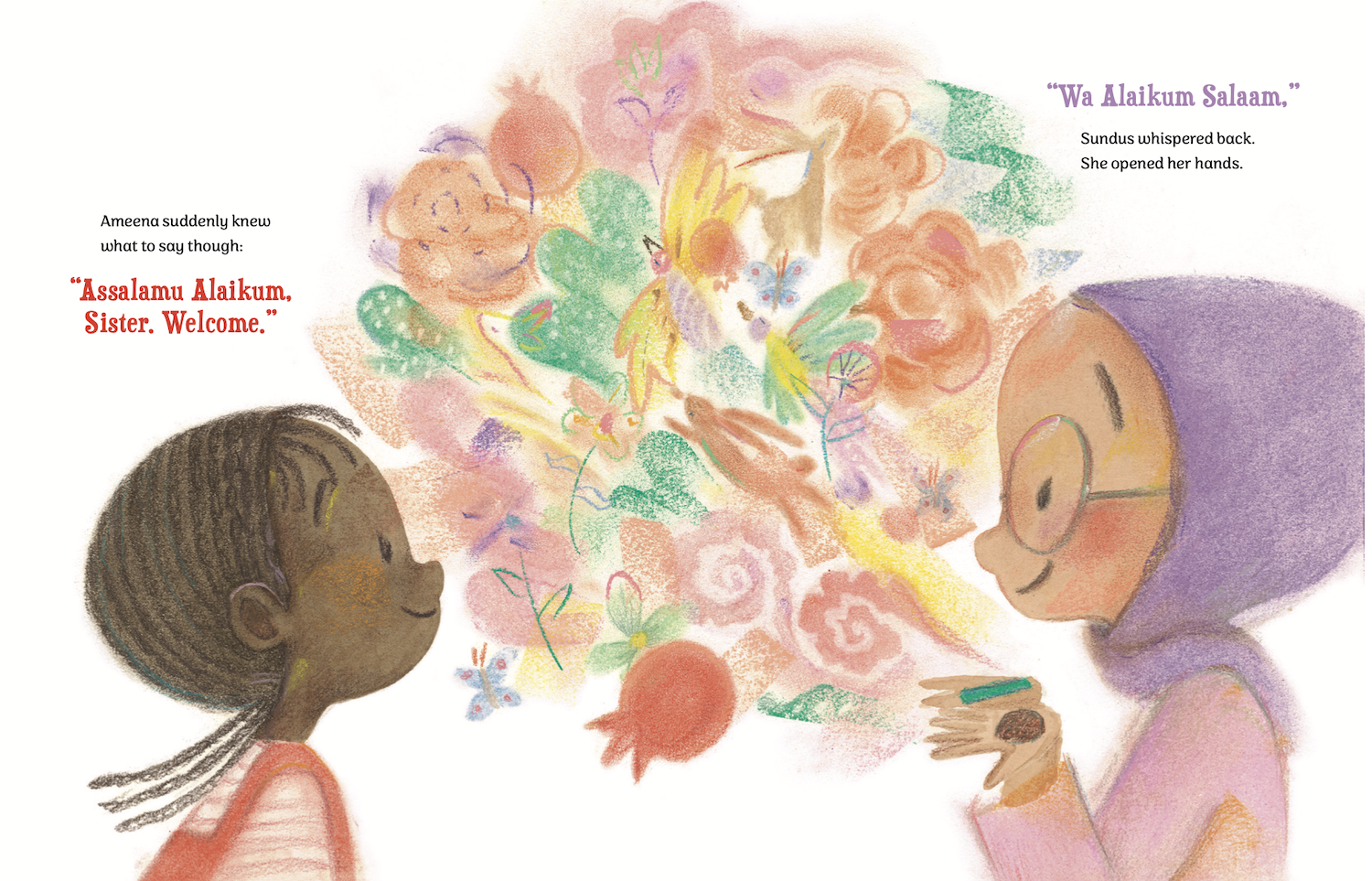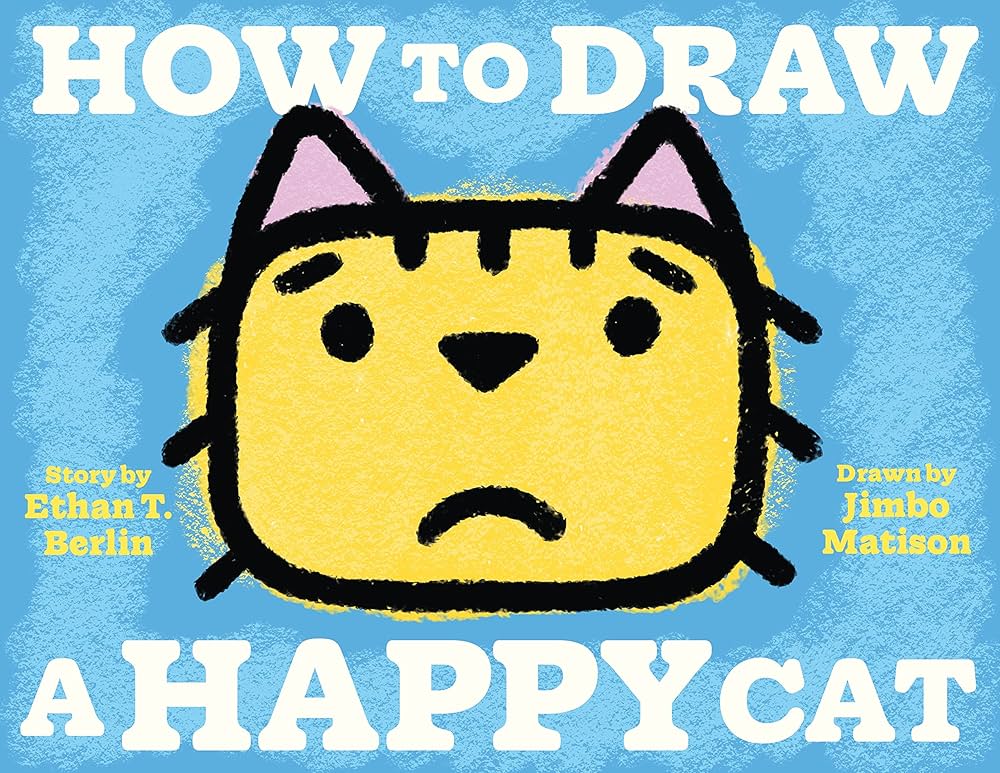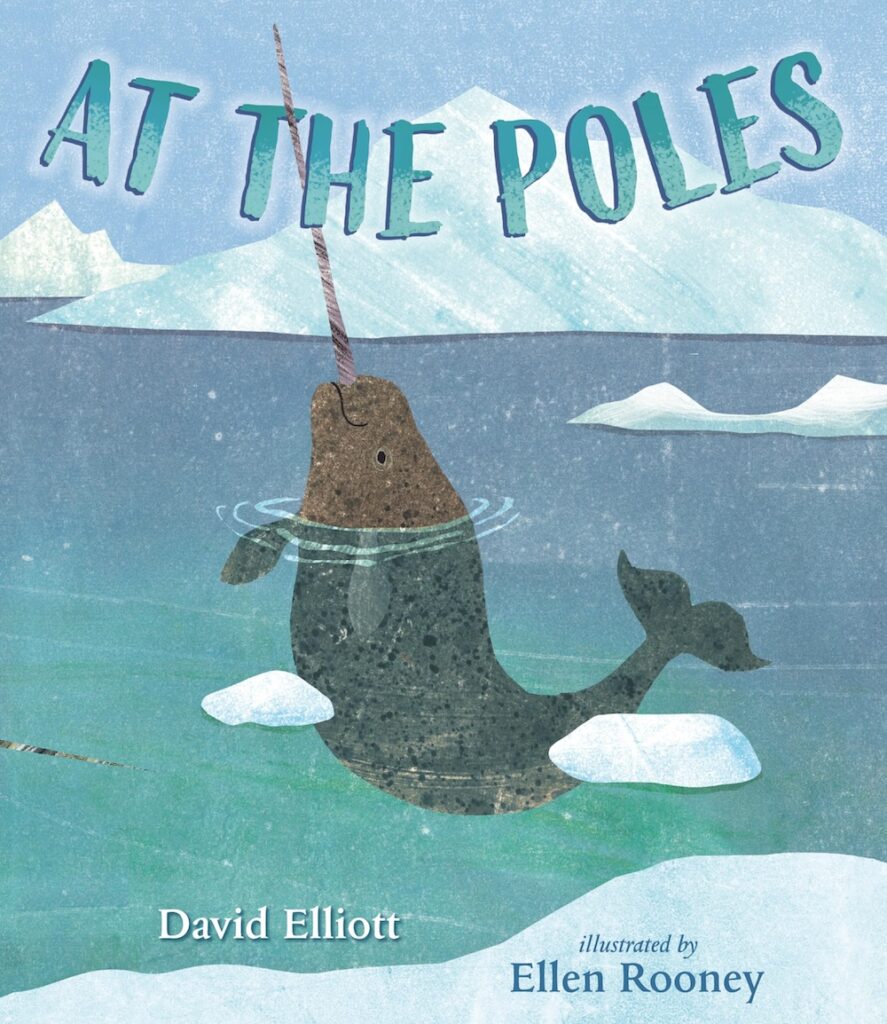
Candlewick Books | 978-1536205992
In AT THE POLES, the eighth in this poetry collection about animals in habitats and locations around the world, David Elliott and illustrator Ellen Rooney introduce young readers to fifteen creatures living in some of the coldest parts of our northern and southen poles.
The collection opens with the Antarctic’s emperor penguin — both male and female sharing the work of caring for the egg, and later, the hatched chick. In an amazing example of group cooperation, the penguins huddle together to shelter one another, rotating those on the inside circle where its the most warm, to the outer circle, allowing all the penguins to enjoy the heat created by the community.

Later in the collection, at the most northern pole, readers meet the Musk Ox, who, despite appearances, is more closely related to sheep and goats than to bison or ox. Did you know that underneath the musk ox’s shaggy coat there’s a layer of fine wool called quviut (pronounced kiv’-ee-at)? Indigenous peoples of the region collect this soft-down underwool and spin it into yarn or blend it with other fibers to create ultra-warm hats, scarves, and sweaters.
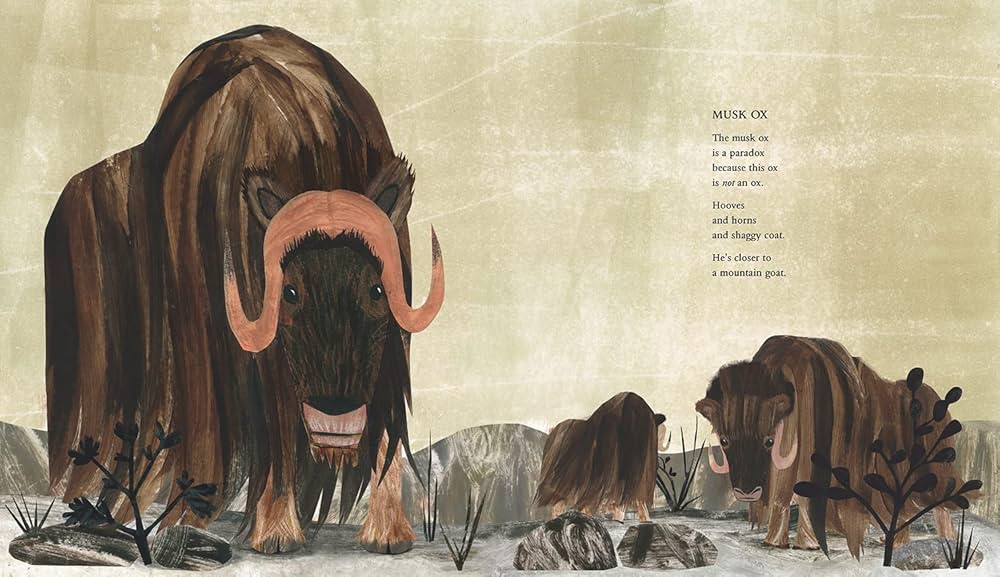
Like Elliott’s other collections (such as AT THE POND and IN THE WOODS, and IN THE SEA), the poems are a mix of information and humor, all very accessbile to young readers hoping to learn more about some of the world’s beautiful and fascinating animals. Backmatter adds additional notes about each animal.
AT THE POLES is the recipient of the Claudia Lewis Award given by Bank Street College Children’s Book Committee for the best younger poetry book of 2024.
Look for two more books in this poetry series by David Elliott coming in the next several years. (IN THE DESERT, March 2025, followed by AT THE EDGE.)









